While Australia is famed for its iconic kangaroos and koalas, a hidden world thrives beneath the surface, harboring fascinating creatures like the marbled gecko. These unassuming reptiles, far from being mere curiosities, play a crucial role in maintaining the health and balance of their ecosystems.
How are Marbled Geckos Beneficial to Their Environment?
Marbled geckos, masters of camouflage, are essentially tiny superheroes for their ecosystems. Let’s explore the various ways these remarkable creatures contribute:
Natural Pest Control: A Gecko’s Appetite
Imagine a tiny, agile predator with an insatiable appetite for insects. That’s the marbled gecko! These nocturnal hunters feast on a smorgasbord of pesky invertebrates, including flies, mosquitoes, and even cockroaches. By keeping these populations in check, marbled geckos provide a valuable service, reducing the spread of diseases and protecting our gardens.
Seed Dispersal: Accidental Gardeners
These little reptiles are unwitting gardeners, playing a crucial role in plant propagation. As they move through their environment, they consume fruits and berries, later dispersing the seeds through their droppings. This natural process aids in the distribution and germination of plants, contributing to the biodiversity and health of the ecosystem.
Habitat Enhancement: Shelter Builders
Marbled geckos are architects of their environment. Their burrowing activities, whether under leaves, loose bark, or in the soil, create shelters not only for themselves but also for other small creatures. These gecko-made havens increase habitat complexity, providing refuge and resources for a variety of invertebrates and small vertebrates.
Environmental Indicators: Sentinels of Change
Highly attuned to their surroundings, marbled geckos serve as barometers of environmental health. Their presence, abundance, or absence can signal shifts in habitat quality, acting as an early warning system for potential ecological imbalances. Monitoring their populations can provide valuable insights into the overall health of the ecosystem.
Cultural Significance: Harbingers of Good Fortune
Beyond their ecological importance, marbled geckos hold cultural significance in some communities. They are often seen as symbols of good luck and prosperity, their presence viewed as a positive omen. This cultural reverence highlights the intertwined relationship between humans and these fascinating reptiles.
The Marbled Gecko: An Ecological Overview
The marbled gecko (Christinus marmoratus), a small reptile native to southern Australia, showcases remarkable adaptability, thriving in a range of habitats, from forests and grasslands to suburban gardens and even urban environments. Their success stems from a suite of specialized adaptations.
Nocturnal Prowlers: Avoiding the Heat of the Day
Marbled geckos are primarily nocturnal, limiting their activity to the cooler hours of the night. This behavioral adaptation minimizes competition with diurnal predators and prey, allowing them to exploit a different ecological niche.
Cryptic Camouflage: Masters of Disguise
Their remarkable ability to blend seamlessly with their surroundings is key to their survival. Their mottled skin patterns, resembling bark and leaves, provide effective camouflage, making them nearly invisible to both predators and prey.
Dietary Specialists: Insectivores with a Purpose
As insectivores, marbled geckos play a vital role in regulating insect populations. Their diet consists primarily of insects and other small invertebrates, helping to keep pest numbers in check and maintain ecological balance.
Unique Adaptations: Tail Autotomy and Adhesive Toe Pads
Marbled geckos possess unique adaptations that enhance their survival. Their tails can detach when threatened, distracting predators and allowing them to escape. Moreover, their specialized toe pads, equipped with microscopic hairs, provide exceptional grip, enabling them to climb vertical surfaces and navigate their environment with ease.
Curious about what baby geckos eat? Discover their enticing dietary habits and nutritional needs.
Understanding the Marbled Gecko’s Role in the Ecosystem
The marbled gecko’s significance extends beyond its intrinsic value as a species. It serves as a keystone species in its environment, its presence influencing the structure and function of the ecosystem as a whole.
Maintaining a Balanced Food Web
As both predator and prey, marbled geckos occupy a crucial link in the food web. They control populations of invertebrates, preventing outbreaks that could disrupt the ecosystem’s balance. Simultaneously, they serve as a food source for larger animals, such as owls, snakes, and some mammals.
Promoting Biodiversity
By creating shelters through their burrowing activities, marbled geckos inadvertently create microhabitats that benefit a range of other species. These shelters offer refuge from predators, extreme temperatures, and desiccation, contributing to the overall biodiversity of the ecosystem.
Interested in Florida’s diverse gecko population? Explore the fascinating types of geckos in Florida and their unique adaptations to the Sunshine State’s subtropical climate.
How Do Marbled Geckos Benefit Their Environment?
The marbled gecko’s unassuming nature belies its importance within Australia’s ecosystems. These fascinating creatures provide a range of ecological services, acting as:
- Natural Pest Controllers: Their voracious appetites for insects help regulate pest populations, minimizing the need for chemical pesticides and promoting a healthier environment.
- Seed Dispersers: By consuming fruits and berries, they aid in seed dispersal, contributing to plant diversity and the regeneration of natural habitats.
- Habitat Enhancers: Their burrowing activities create shelters that benefit other species, increasing habitat complexity and supporting a wider range of organisms.
- Educational Ambassadors: As increasingly popular pets, marbled geckos offer a unique opportunity for people to connect with nature, learn about responsible pet ownership, and foster an appreciation for biodiversity.
In Conclusion
The marbled gecko, far from being just another small reptile, emerges as a crucial player in the intricate web of life within Australian ecosystems. Their role in pest control, seed dispersal, habitat enhancement, and even as cultural symbols underscores their ecological and cultural importance. By understanding and appreciating the vital roles played by these unassuming creatures, we gain a deeper respect for the interconnectedness of all living things.
- Mastering Leader in Spanish: The Complete Guide - April 19, 2025
- Uncovering Surprising Parallels: England Size Compared to US States - April 19, 2025
- Old Mexico Map: Border Shifts 1821-1857 - April 19, 2025
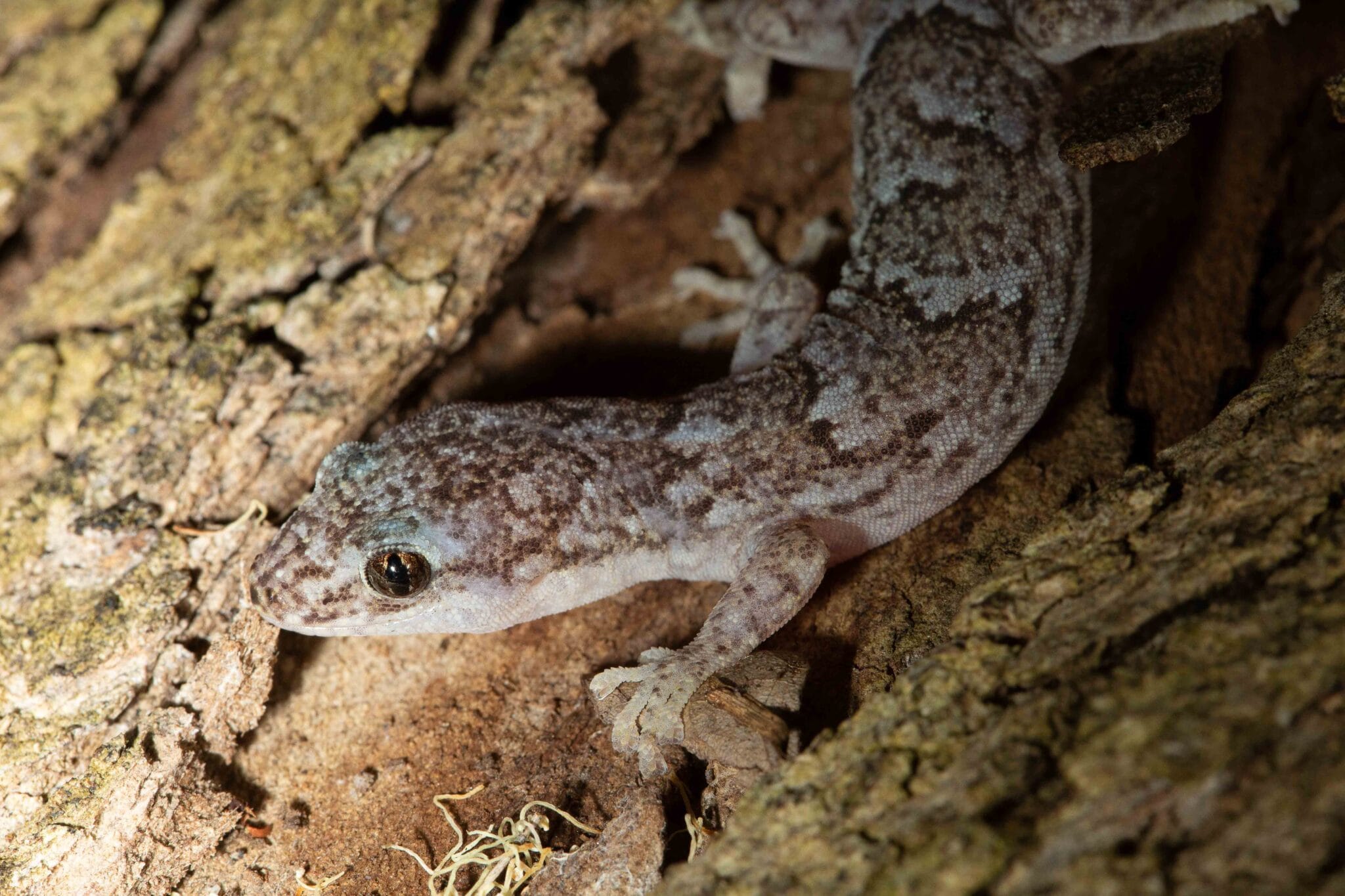
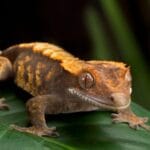
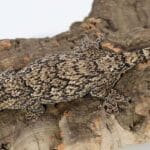
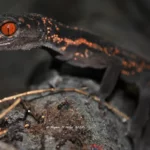


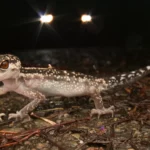










Comments are closed.